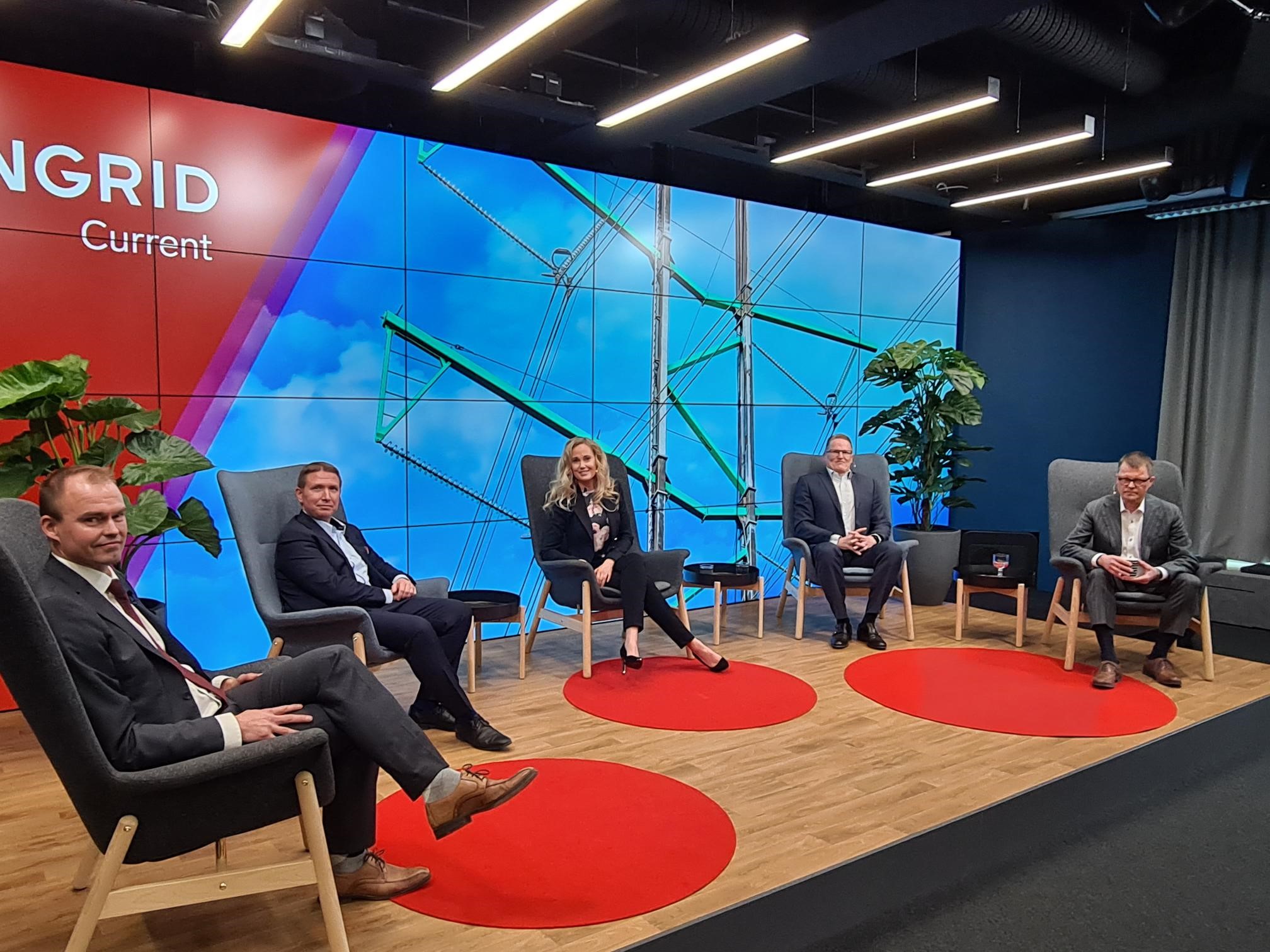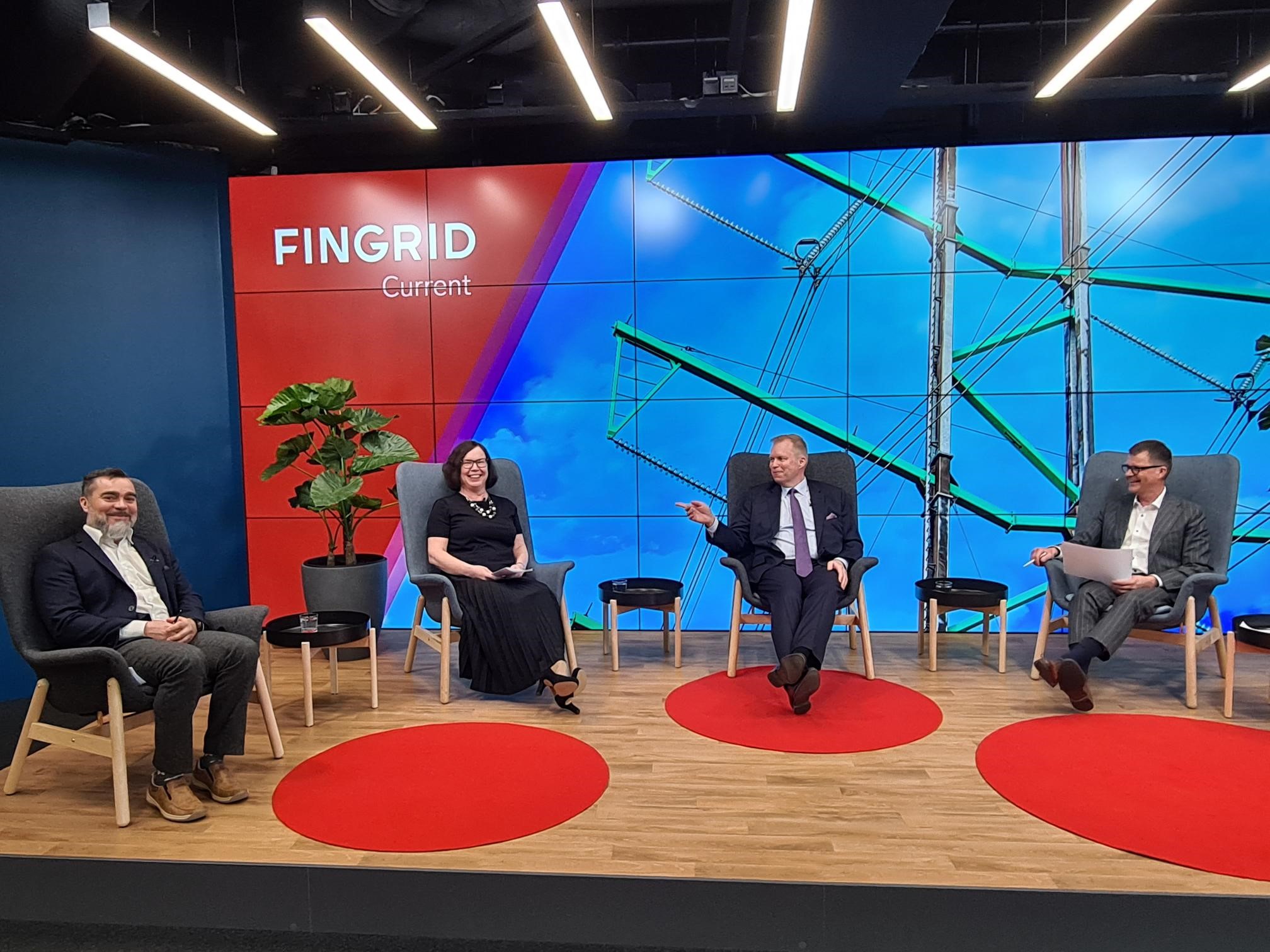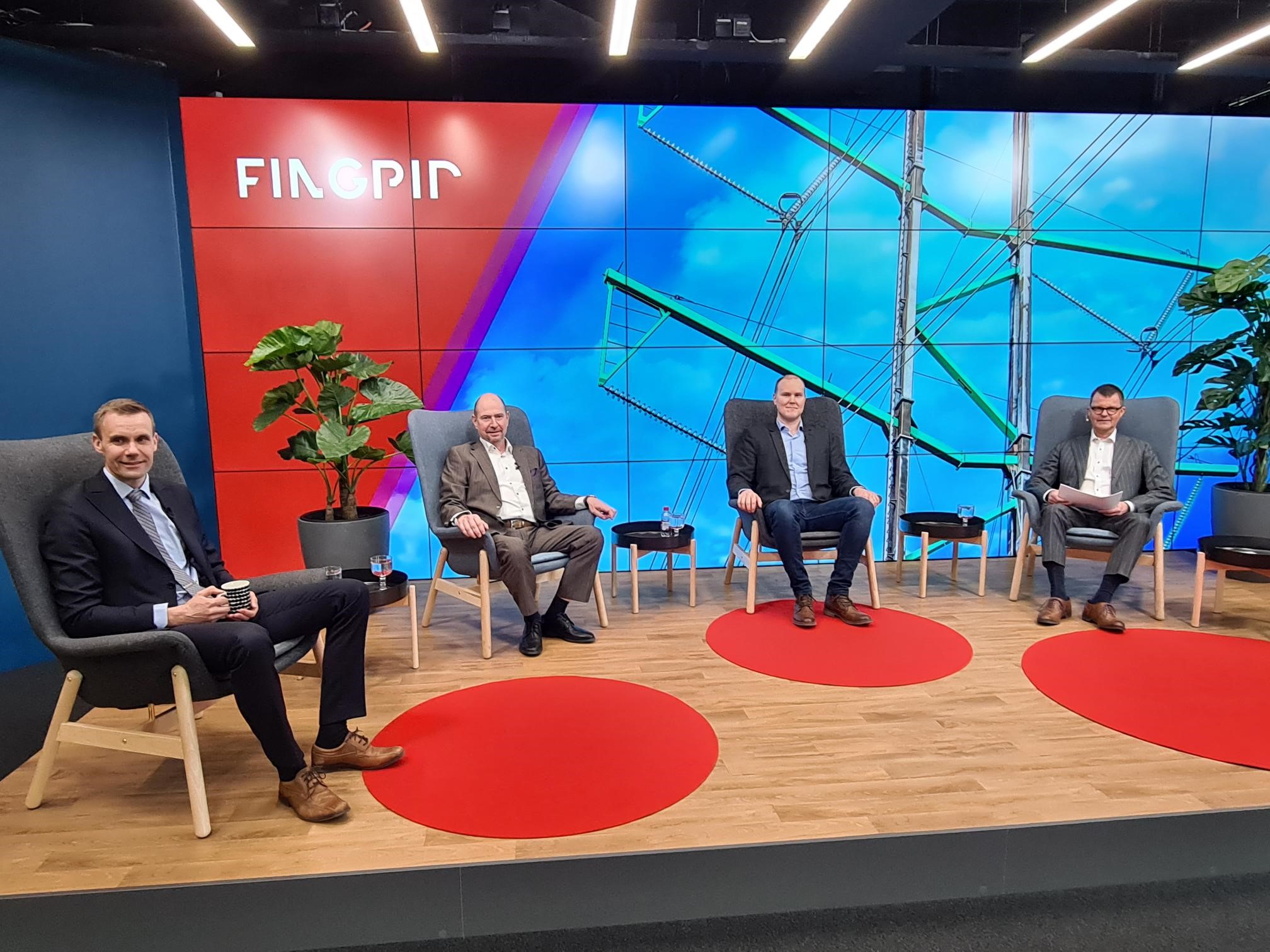Overall, the webinar highlighted the crucial role of electrification in the mitigation of climate change. We need power that is emission-free, reasonably priced and delivered without fail – and we need lots of it.
Mikko Heikkilä from Fingrid talked about the scenario work conducted by the national grid operator: in all four scenarios the consumption of electricity grows considerably.
– Climate Neutral Finland 2035 will use 1,5 times more electricity than Covid-Finland in 2020, he said. Electricity used by the industry is the biggest factor in this transition.
– The rise of wind power is evident in the scenarios. The coming new-build capacity of wind power equals that of one nuclear power plant – per year, Heikkilä said.

Steel mill goes hydrogen
An ambitious industrial case was discussed in the webinar: the steel mill of SSAB Europe in Raahe, Finland, wants to go CO2-free within 10-20 years by deploying hydrogen. The biggest steel mill in the Nordics, Raahe aims to achieve carbon savings to the tune of four million tons (7% of Finland’s total annual CO2 emissions).
– To make the required hydrogen, the plant will need 10 times more electricity, reported Mikko Lepistö from SSAB Europe.
Talking about the emerging hydrogen economy, the webinar participants were a bit concerned over EU’s recent policies: If grid electricity can not be harnessed to make green hydrogen, the fight against climate change becomes more difficult.
Wanted: Big picture smarts
The webinar took care to evaluate the role of electricity in industry, transportation and heating – all of them growing, with industry leading the pack. While new e-culture takes root on the roads – in the form of electric cars – not all old methods are automatically outdated: using remote heating (made from renewables) is still a smart move in lieu of electricity use.
Petra Lundström from Fortum Power and Heat talked about the importance of the “total package”: combining over-all functionality with no emissions seems to be the winning ticket.
– In this set-up, a high-performance grid is key, Lundström said.

Eye on the horizon – always
Minister of Economy Mika Lintilä sent his regards to the webinar via video: Lintilä challenged Fingrid to place special emphasis on anticipating the upcoming trends. This way, the emerging challenges can be tackled in a more strategic manner.
In addition to predicting the coming changes, the webinar participants talked about stability, investments and recruiting.
Timo Kiiveri from Fingrid pointed out that the company has a busy decade ahead: around 100 power stations will be built during the 2020s and the power grid will expand about 500 kilometres at the same time.
– This means that we will expand the current grid by 30% in 10 years, Kiiveri said.

Action, not words!
Professor Jero Ahola from Lappeenranta University of Technology noted that the “great electrification” has been talked about since the mid-2010s, but now those plans are becoming reality. This coming major change will, however, need electricity prices to remain low and regulations to be reasonable, added Ahola.
In his closing remarks, CEO Jukka Ruusunen pointed out that Finland’s competitive position as a producer of clean electricity is solid. The electrification of industry is hitting the ground running and Finland will, in all likelihood, have a national hydrogen strategy soon.
– We must see hydrogen and electricity as partners, Ruusunen said.
According to Ruusunen, grid investments alone will amount to billions of euros – and time is of the essence.
– 2035 is tomorrow, he said.
Recording of the event: fingrid.videosync.fi/fingrid-current






